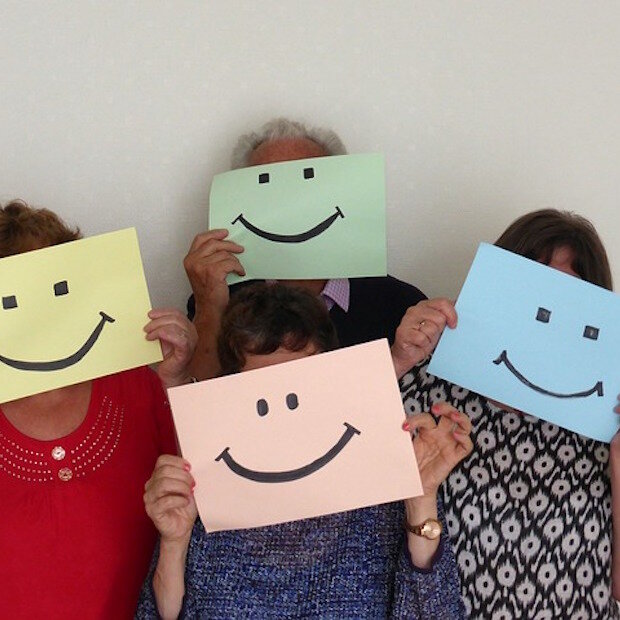The combination of technological advances and shifting cultural norms has resulted in the remote work trend continuing to grow in popularity as numerous companies embrace this new way of working.
However, with the rise of remote work, there is an increasing need for leaders who can motivate and inspire team members from a distance. Effective leadership in the remote workplace requires a different set of skills than traditional office management.
The rise of this new setup in the virtual world has presented new challenges for leaders. How can leaders effectively lead a team when everyone is working in different locations? And how can they leverage the opportunities that come with a more dispersed workforce?
In this blog, I'll be discussing the challenges and opportunities of remote leadership. Leadership in the remote workplace can be difficult because leaders can't always rely on face-to-face communication. However, there are many opportunities to take advantage of when leading a team remotely. Keep reading to learn more!
The opportunities in leading a remote team
Leading a team remotely can present a number of opportunities. For example, it can allow leaders to build a more diverse team, as they are not limited to candidates who live in their area. It allows them to tap into a global labor market.
It can also allow leaders to create a more flexible work schedule, as the traditional 9-5 workday does not bind them. It can improve work-life balance. This can be a huge convenience when managing time and meeting deadlines.
Additionally, leading in a virtual world can help leaders develop their communication and organizational skills, as they will need to effectively communicate with their team members in different time zones.
Opportunities to be innovative and experiment with new ways of working are also beneficial for leading a remote team. This can include experimenting with different communication methods, such as utilizing video conferencing instead of email or developing new corporate policies based on input from everyone in the organization.
In addition to these practical benefits, working remotely also encourages a broader mindset, encouraging all members of a team to think creatively about how to succeed in their roles and what is best for the company as a whole.
The challenges of leading a team remotely
One of the biggest challenges is maintaining team cohesion. Without the daily interactions that take place in an office setting, it can be difficult to build relationships and stimulate a sense of teamwork.
Additionally, remote work can make it harder to monitor employee productivity and identify issues early on. As a result, leaders need to find new ways to stay connected with their team members and ensure everyone is on track.
Another challenge is managing expectations. When members are not present in the same physical space, it can be difficult to manage deadlines and ensure everyone is on the same page. This is why leaders need to overcommunicate and provide clear guidelines.
Communication is also a challenge. With team members working in different locations, there can be a lot of miscommunication. It's important to find ways to effectively communicate with the team, whether that's through video conferencing, instant messaging, or another method.
There can also be technical challenges, such as internet connection issues or problems with video conferencing. These challenges can be frustrating, but it's important to remember that they are not insurmountable.
Lastly, remote work can be lonely and isolating. This is why it is significant for leaders to make an effort to connect with their team members on a personal level.
Effective strategies for leading a remote team
One key strategy for leading a remote team is establishing clear communication guidelines and protocols. It is important to set expectations around how and when leaders will communicate with the team members and ensure that everyone follows these guidelines consistently.
In addition to establishing communication protocols, it is also important to adopt different communication methods that work well in a remote setting. For example, video conferencing can be used for team meetings, while instant messaging can be utilized for quick questions or updates.
During a video conference, encourage an open webcam policy so that team members can see each other and build relationships. Participants may use an online webcam testing tool to check their setup before the meeting.
When communicating with the team, it is also important to be clear and concise. This will help to avoid miscommunication and ensure that everyone is on the same page. Make certain to provide a written record of team communication, such as in a shared document or chat log.
In addition to these strategies, it is important to foster a culture of trust and respect within the remote team. Leaders should make extra effort to connect with their team members on a personal level and set aside time for relationship building over video chat or email.
Summing It Up
Leadership in the remote workplace is a new and evolving field. There are multiple opportunities for those willing to take on the challenge, but there are also several matters that should be considered.
Leaders in the remote workplace need to focus on communication, culture, and trust. Communication is crucial to be certain everyone is on the same page. Culture helps employees feel connected to their work even when they're not physically present. Trust allows employees to feel comfortable taking risks.
Ultimately, for anyone who is eager to shake up their routine and find new ways of working, being at the helm of a remote team can be an exciting opportunity indeed. It might not be without its challenges, but these can all be overcome with the right approach.
Guest Blog Author
Jennesa Ongkit is a content writer for VEED.IO and an all-around wordsmith. In her spare time, Jennesa enjoys reading books, watching movies, and playing with her pets.























